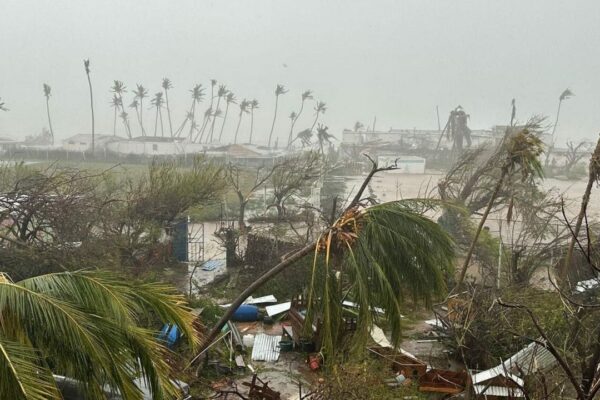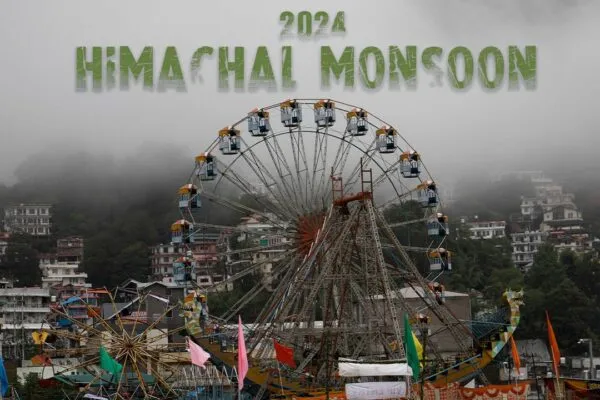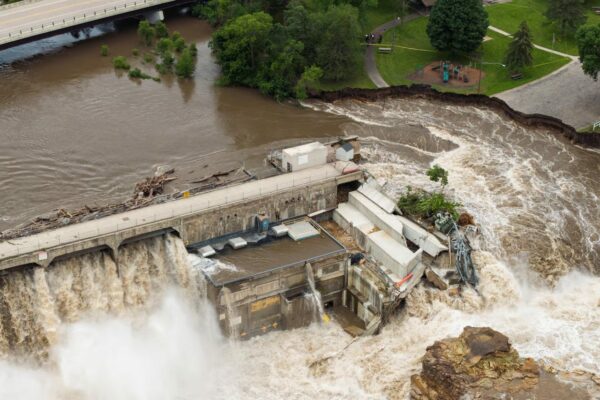Thawing Permafrost is Drastically Altering the Arctic Landscape
The frozen soils of the Arctic Circle are rapidly melting amid the changing climate, consequently releasing centuries-old carbon and methane deposits furthering global warming
Melting permafrost across the Arctic has experts worried about the future of the locals and the overall health of the planet. Increasing temperatures have caused the collapse of ice-rich ground, evaporation of massive lakes, and releasing more organic material and producing more greenhouse gases. The thawing permafrost is changing the Arctic landscape unprecedently.
Across nine-million-square miles at the top of the planet, climate change is triggering an escalated permafrost melt chapter. The Arctic permafrost is not thawing at the gradual rate the scientists expected. As the long-frozen soil below the surface melts, it releases huge amounts of greenhouse gases that peat has been sequestering for years, along with the vestiges of ancient life.
Permafrost is perennially frozen soil that is covering about a quarter of the land in the Northern Hemisphere. It maintains the structural integrity of these landscapes, providing stability to vegetated and barren land. But thawing permafrost can result in the ground sinking and cracking in places, destabilizing roads and buildings.
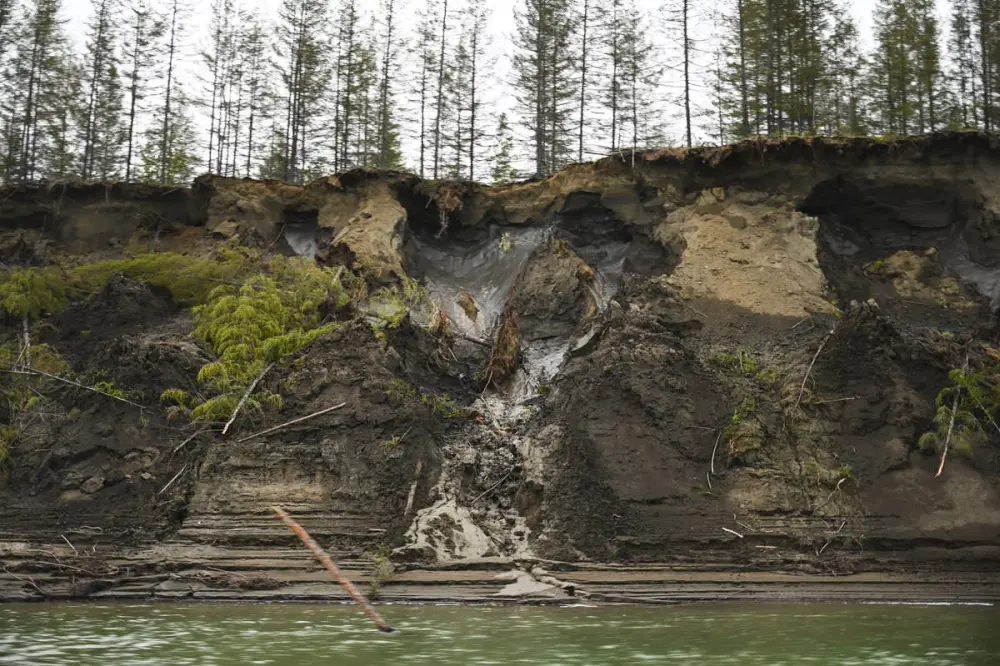
Image: Michael Robinson Chavez/The Washington Post
However, as the temperatures rise and rainfall patterns change, permafrost and other ground ice types become susceptible to melting, resulting in complete collapse. When the ice melts, microbes beneath the surface become active, feasting on organic matter in soils. Wildfires have also become an increasingly common occurrence, exacerbating the threat. As greenhouse gases from these incidents get released into the atmosphere, they warm the climate, creating a never-ending loop.
The larger lakes in the region are disappearing and affecting the patterns of the northern landscape transitions. Satellite observations and analysis reveal that withdrawing lakes may be linked with permafrost degradation. This phenomenon escalates with warmer and longer summer seasons.
Worryingly, the withdrawal of lakes across the permafrost regions will impact the livelihoods of Indigenous communities as water quality and water accessibility vital for waterfowl, fish and other wildlife. Moreover, the thaw and fall of dormant glacial ice can cause hillsides to rapidly collapse across the Russian and North American Arctic.
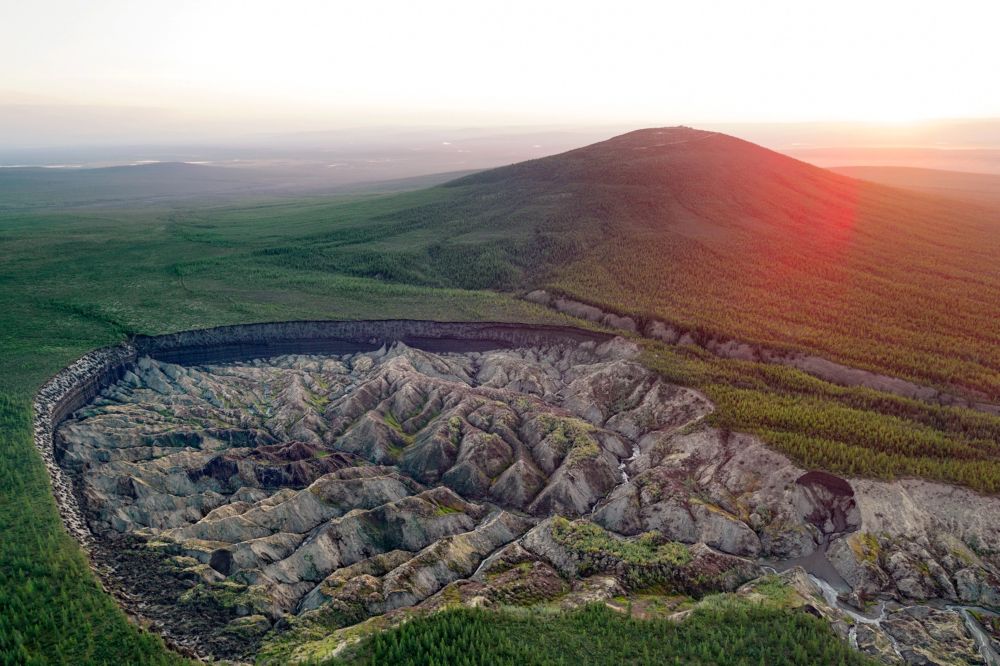
Image: Katie Orlinksy
Even in the extremely frigid Arctic environs, a few warm summers can cause things to unravel at a drastic pace. It can transition formerly flat surfaces into undulating as the surface starts to descend into depressions with the melting of ice in the soil below. Climate change and global warming have intensified the pace of ice-wedge thawing.
One of the prime reasons for this thawing across the Arctic regions is wildfires that have worsened over the past couple of years. These changes have also impacted the lower latitudes in the lowland boreal forests. The ice-rich permafrost plateaus have quickly degraded across Alaska, Canada and Scandinavia.
Also Read: Prehistoric Fossils Uncovered as Thawing Permafrost Releases Methane in Siberia
The decomposition of dead plants and organic matter in northern ecosystems has been long limited amid frigid temperatures and short growing seasons. Consequently, nearly 50 percent of global soil organic carbon is stored in these frozen soils. Withdrawing lakes, shrub tundra turning into ponds and lowland boreal forests turning into wetlands will hasten the decomposition of buried permafrost carbon and above-ground vegetation as it falls into water-saturated environs.
Various climate models indicate the impacts of these alterations will be dire. For example, permafrost degradation will end in a 12-fold rise in carbon losses in a scenario of intense warming by the end of the century. These changes will cause a drastic imbalance in the Arctic ecosystem rendering it uninhabitable for several species.
Via: The Conversation
